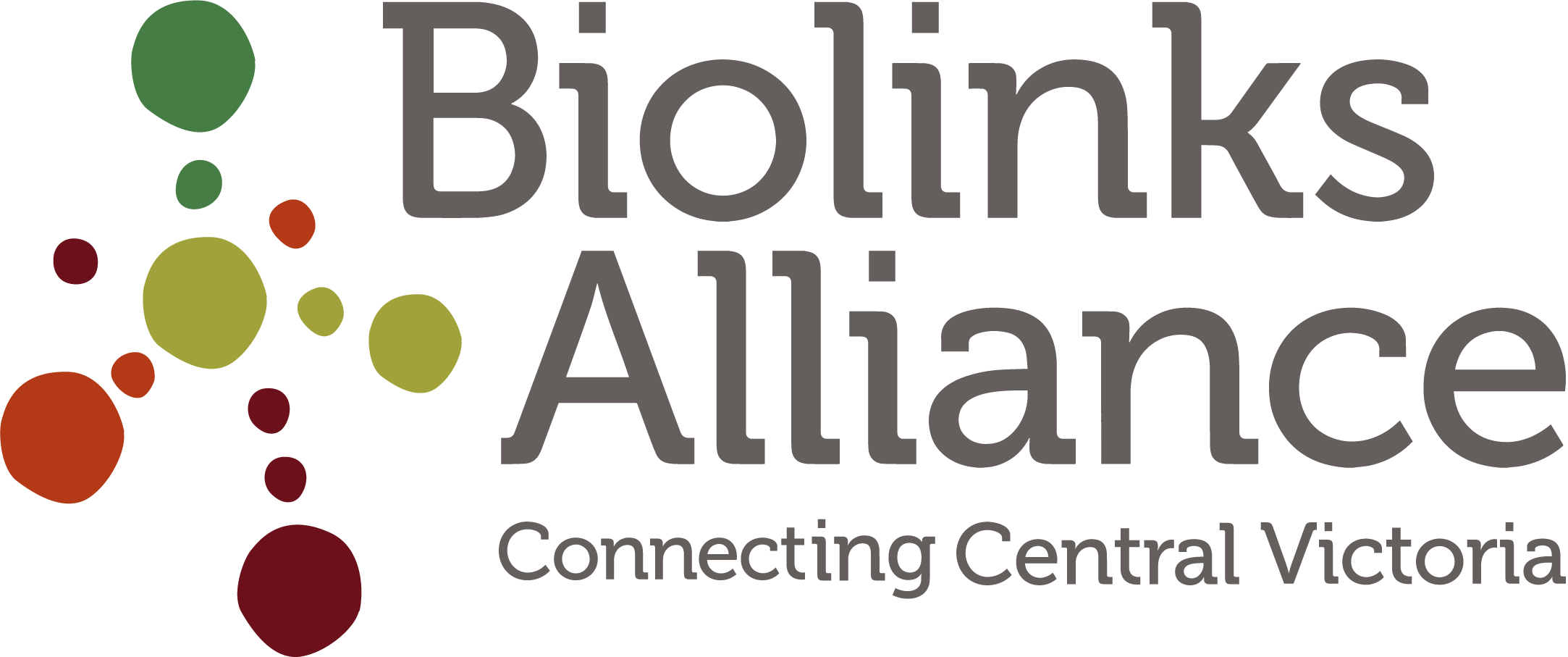Water Symposium 2018 - History, culture and science show ways forward for saving our Watery landscapes
On the 22nd and 23rd June 2018, 80 people from Alliance member organisations, other community groups, State and local government, CMAs, universities and consultancies, came together in Ararat to participate in a day of sharing their knowledge, perspectives and practical ideas.
With a focus on the role of Water, as a great connector, the Symposium was made up of presentations of the latest scientific research, practical workshops and a field day.
Executive Director of the Biolinks Alliance, Dr Sophie Bickford said the symposium was reflective of what the Biolinks Alliance aims to achieve. “As an alliance, we rely on community, on shared knowledge and collective action – and we see all three of these things come together to great effect at our annual symposiums. The connections made and knowledge shared at these events will underpin the larger scale change we need to see.”
People who attended the symposium said it provided them with a practical and scientific background to guide their thinking and that they came away being more aware of ecosystems that need protecting on their properties.
The Alliance’s ambitious landscape perspective helped people understand the significance of their plot and what they can do with it, while the symposium connected them with a community, and clarity about their role in the bigger picture. Attendees were filled with a great sense of optimism at the end of the two days.
‘I learnt so much, networked really well and came away with a deeper understanding of our local environment as a whole’
As well as providing relevant and new science, this year the symposium had a welcome cultural dimension. Ben Muir, the Aboriginal Water Officer for Wimmera CMA gave a captivating talk on the aspirations of local Aboriginal people for the management and protection of the Wimmera River, including a number of sacred sites, and scar trees. For Ben, the Symposium was an opportunity to educate the wider community about the cultural significance of the river.
“The Aboriginal people and the Australian community were split at one stage, but we’re slowly getting back into that motion, of getting back into negotiating and talking about lands, waters and all other things in the environmental sector” Ben Muir, Wimmera CMA
At the conference dinner Professor Susan Lawrence spoke about the Rivers of Gold Project, which is uncovering the magnitude of mining sludge that covered Victoria’s rivers and floodplains through the gold rush period. The volumes were shockingly enormous and challenged those present to reconsider their thinking on the ‘natural’ morphologies of the Victorian rivers and floodplains.
The Field Trip on the Saturday toured a series of large lakes along the fall of the Grampians between Ararat and Dunkeld. Starting with a cleared and cropped lake, followed by one that had been preserved as a reserve, and finishing at a failed blue gum plantation that was being restored by the Glenelg Nature Trust. The combined understanding of Paul Foreman, Mark Bachmann, as well as the participants, of the history, ecology, species, landscape functions of these lakes made for brilliant discussions, and left those present inspired to scale-up our conservation efforts and ambitions.
Here at Biolinks Alliance, we believe that knowledge is a powerful change agent, and sharing knowledge and local expertise is vital to restoring and reconnecting the landscape at the large-scales climate change is demanding. The importance of this large scale connectivity was articulated so beautifully by Dr Michelle Casanova.
‘There’s no point really in having just one swamp with frogs and things, or one rocky outcrop, or one little bit of grassland, because these things don’t survive very long in isolation. It’s like having an Orangutan in a zoo, its OK to look at but it’s not going to be fully functional and existing in its own right. We need to provide more than one of these, we need to provide the mosaic of these that existed in the past.”
A big thanks to everyone who joined us for this vital conversation in Ararat, and to our sponsors without whom this event would be possible.
Information from the presentations is available in the Biolinks Alliance’s Knowledge Hub.
